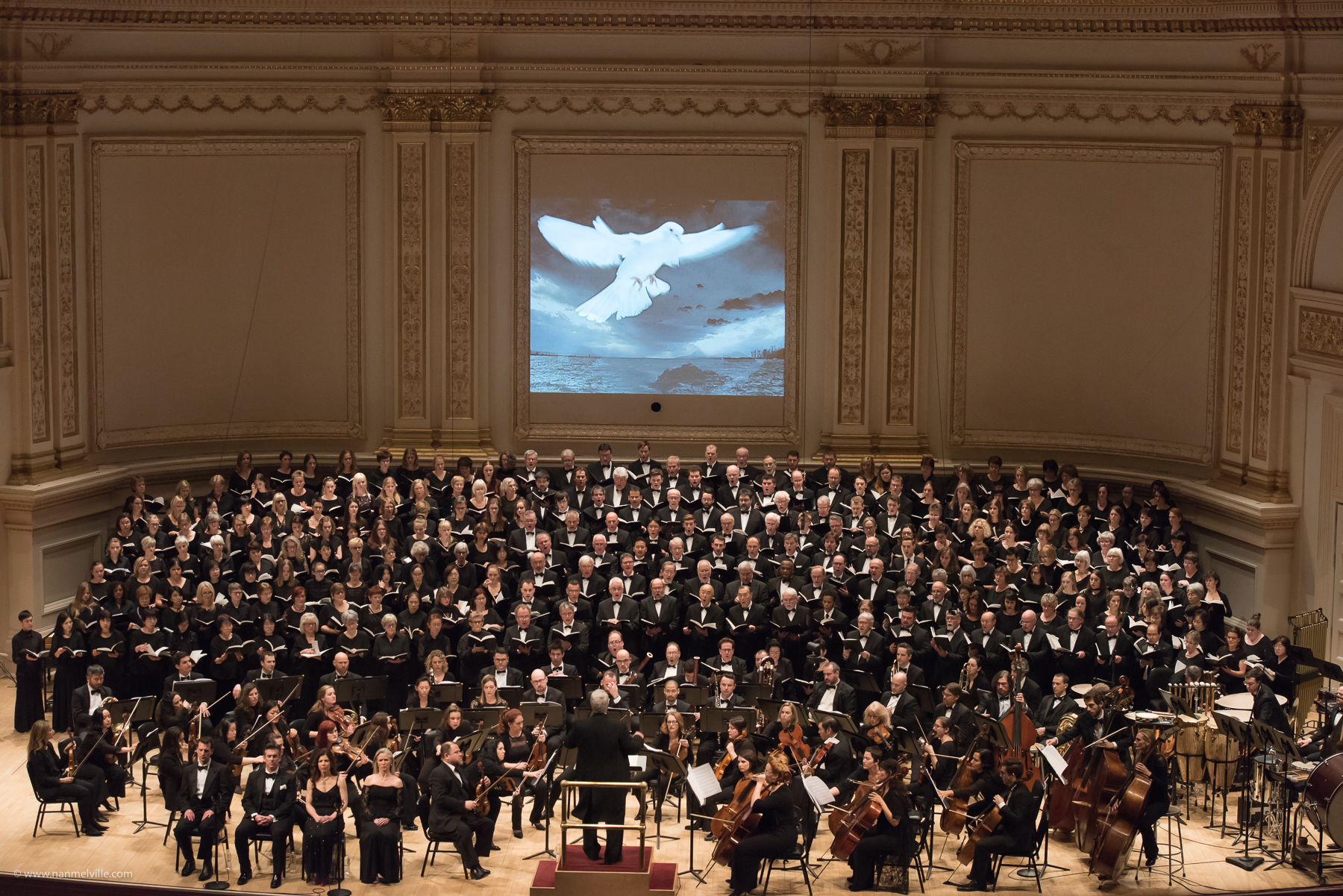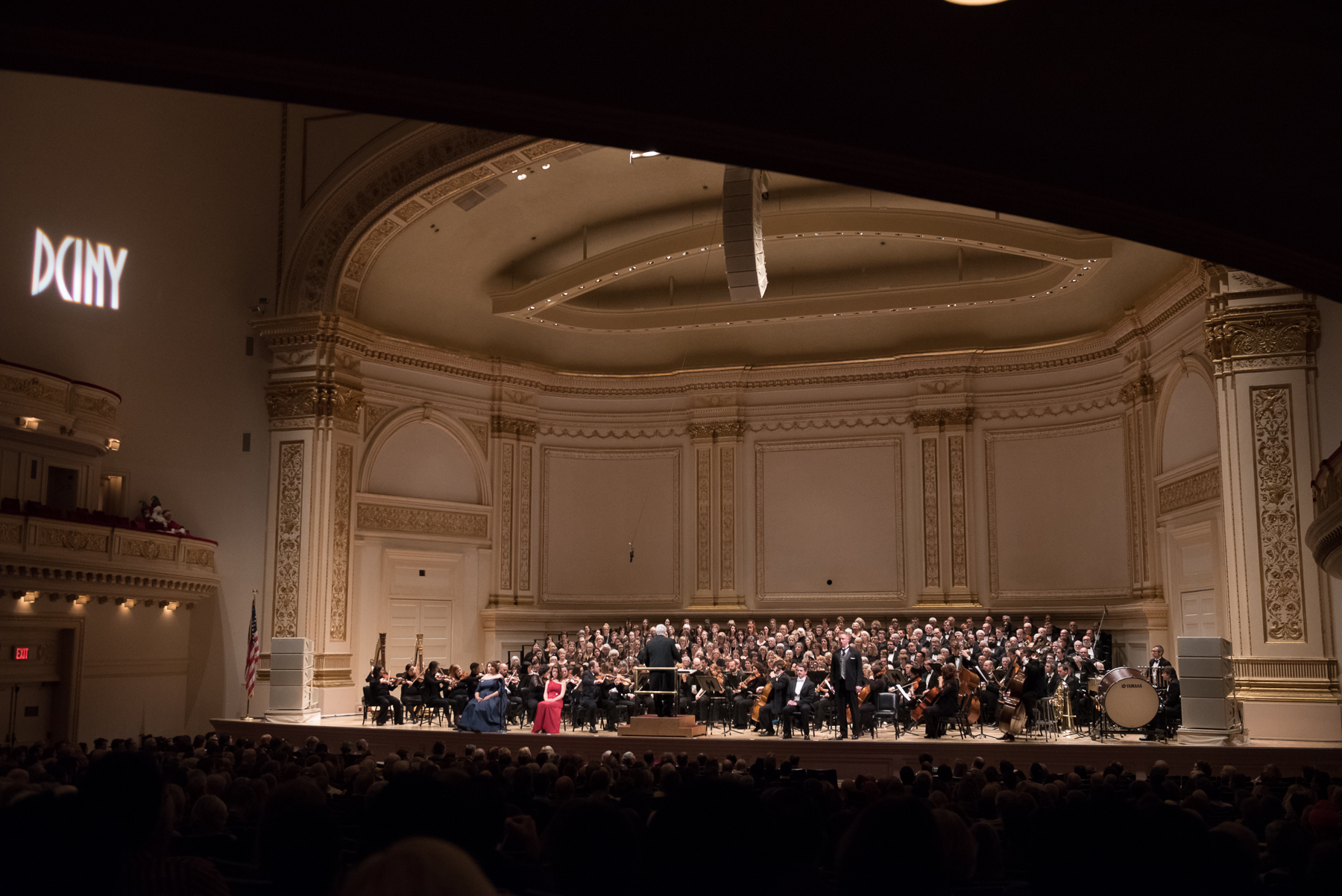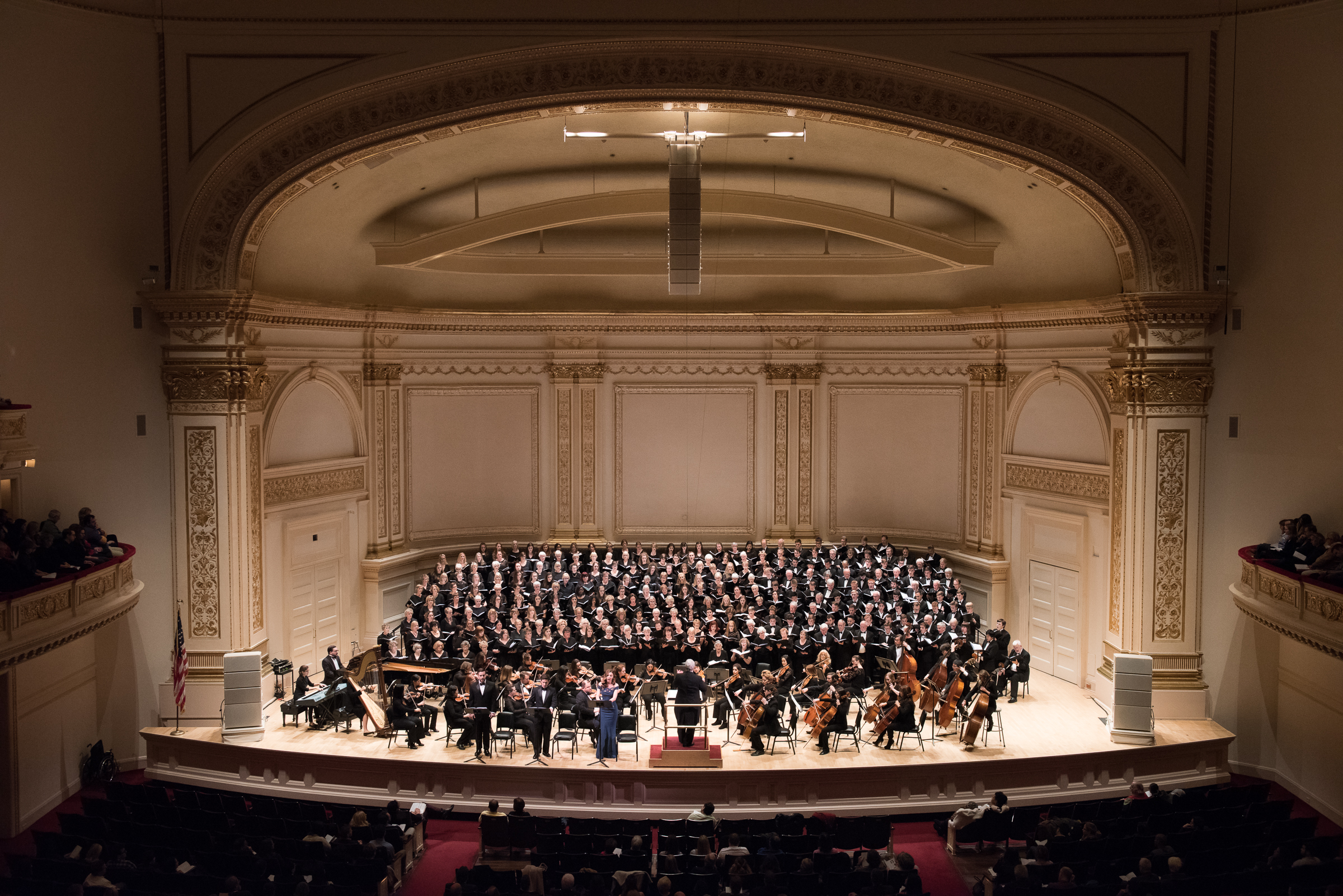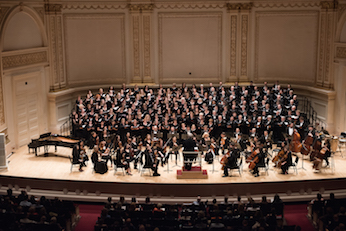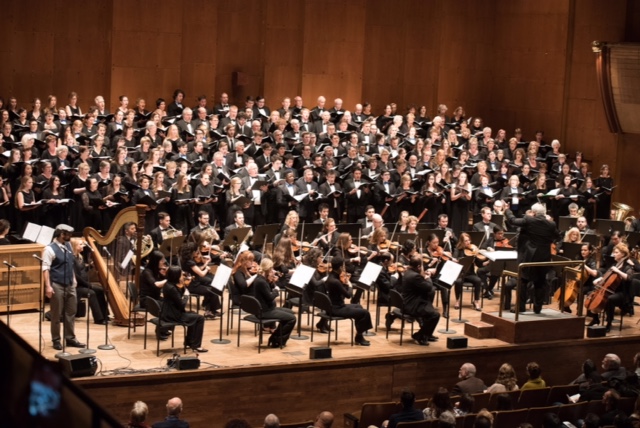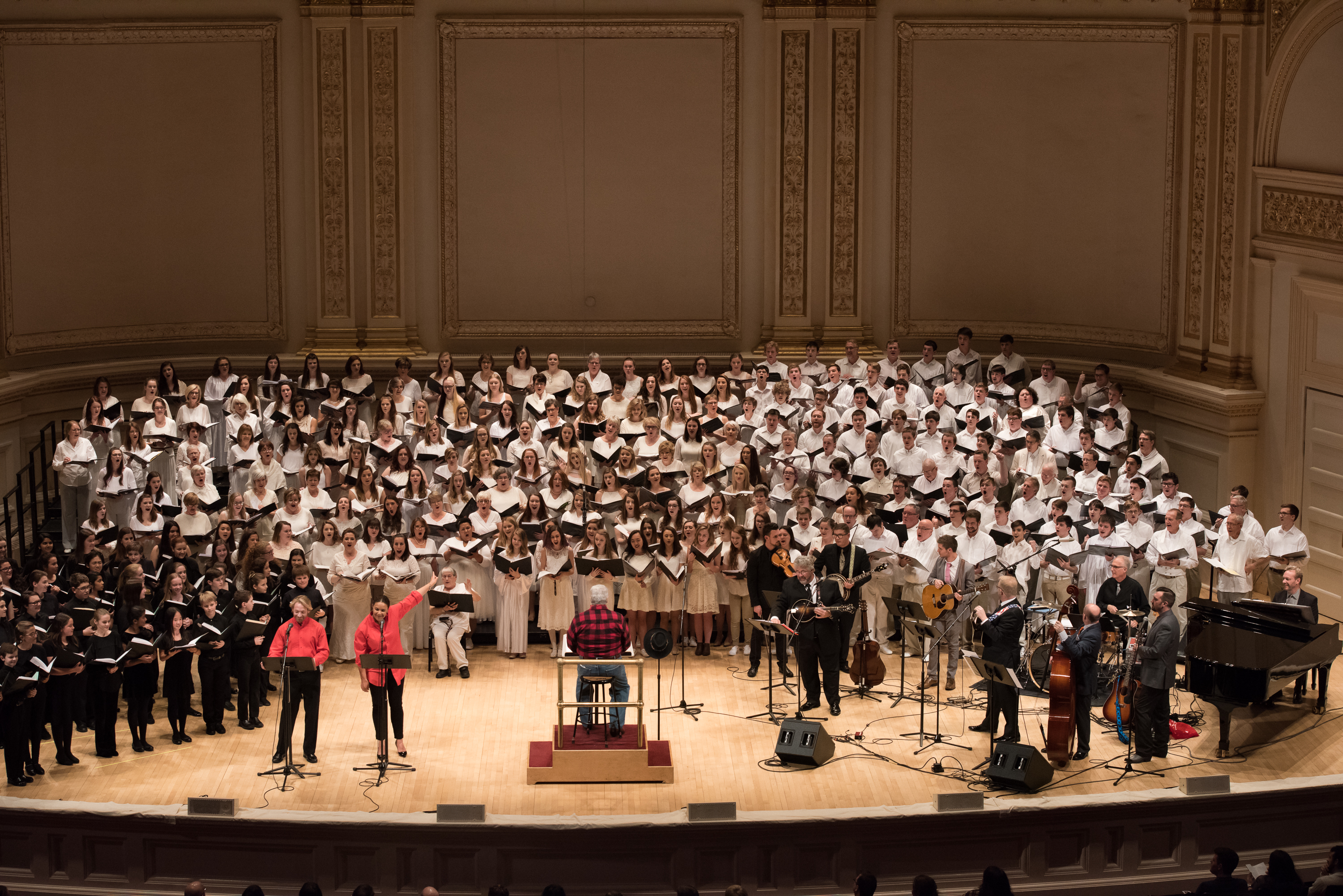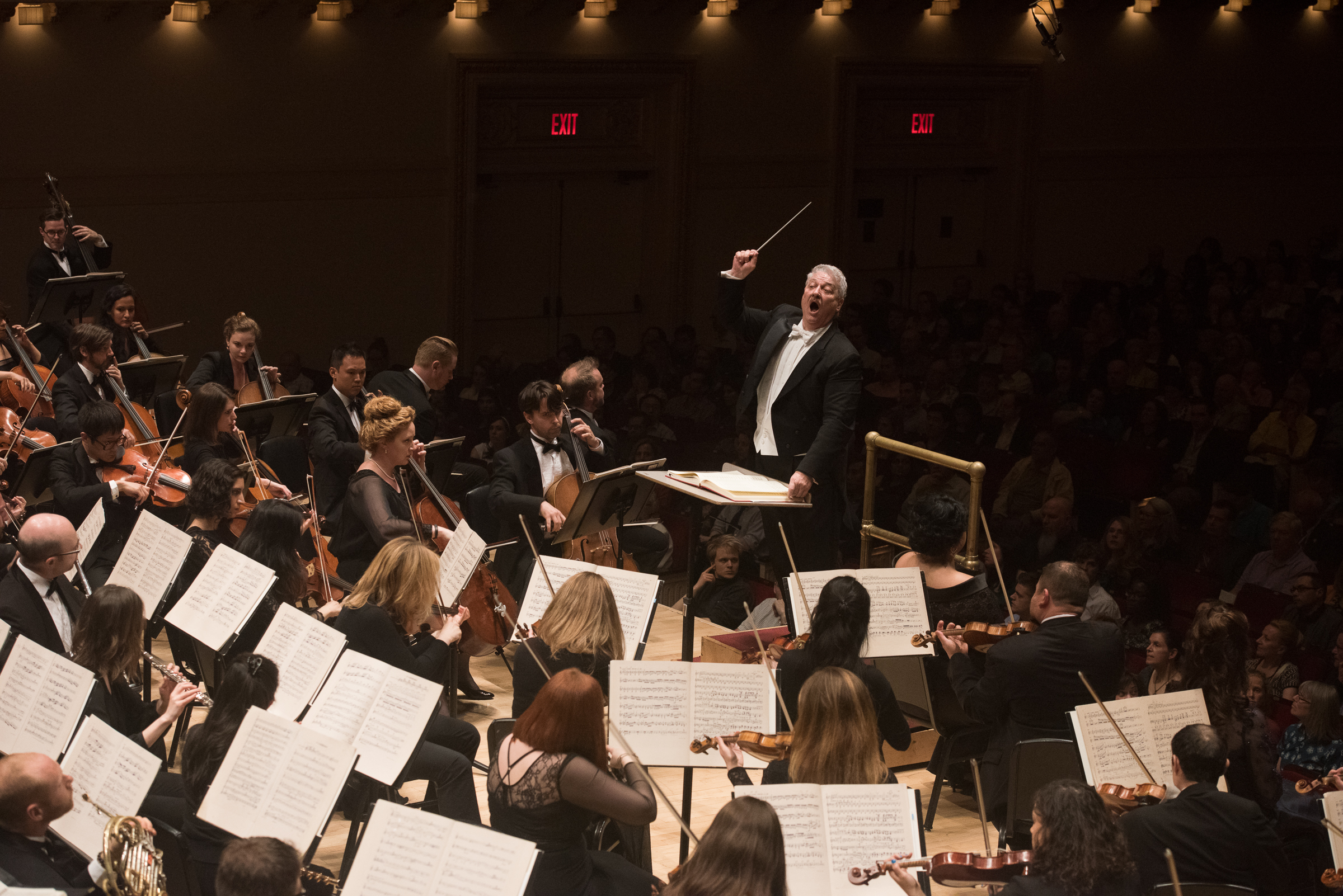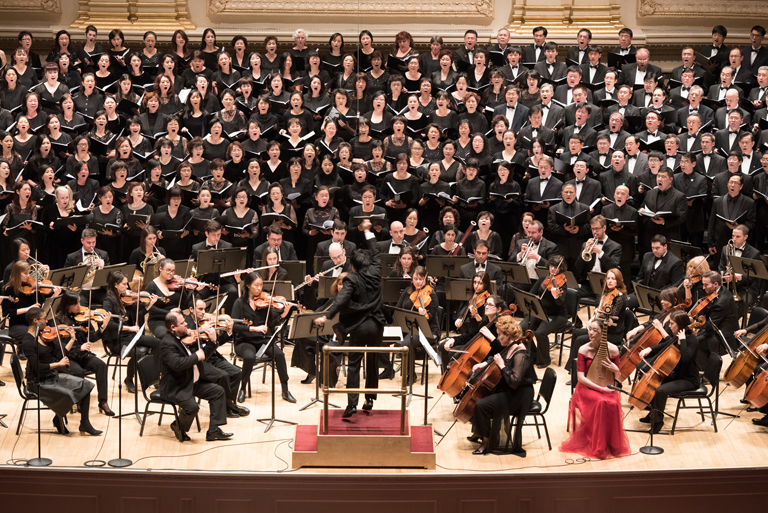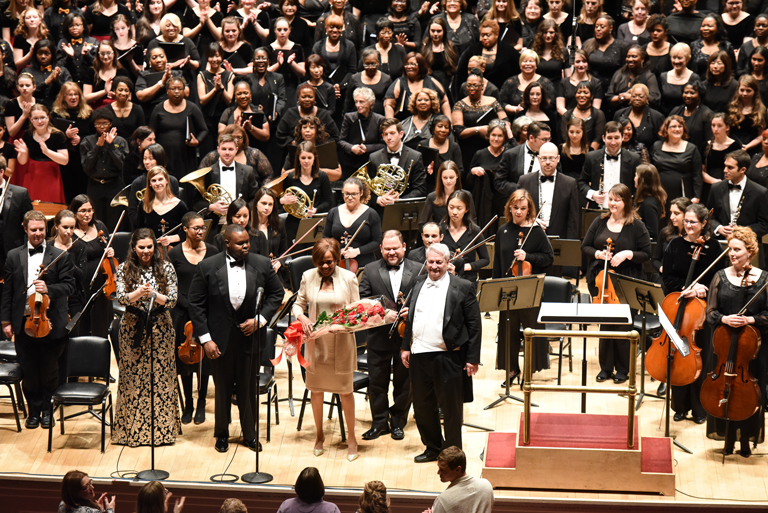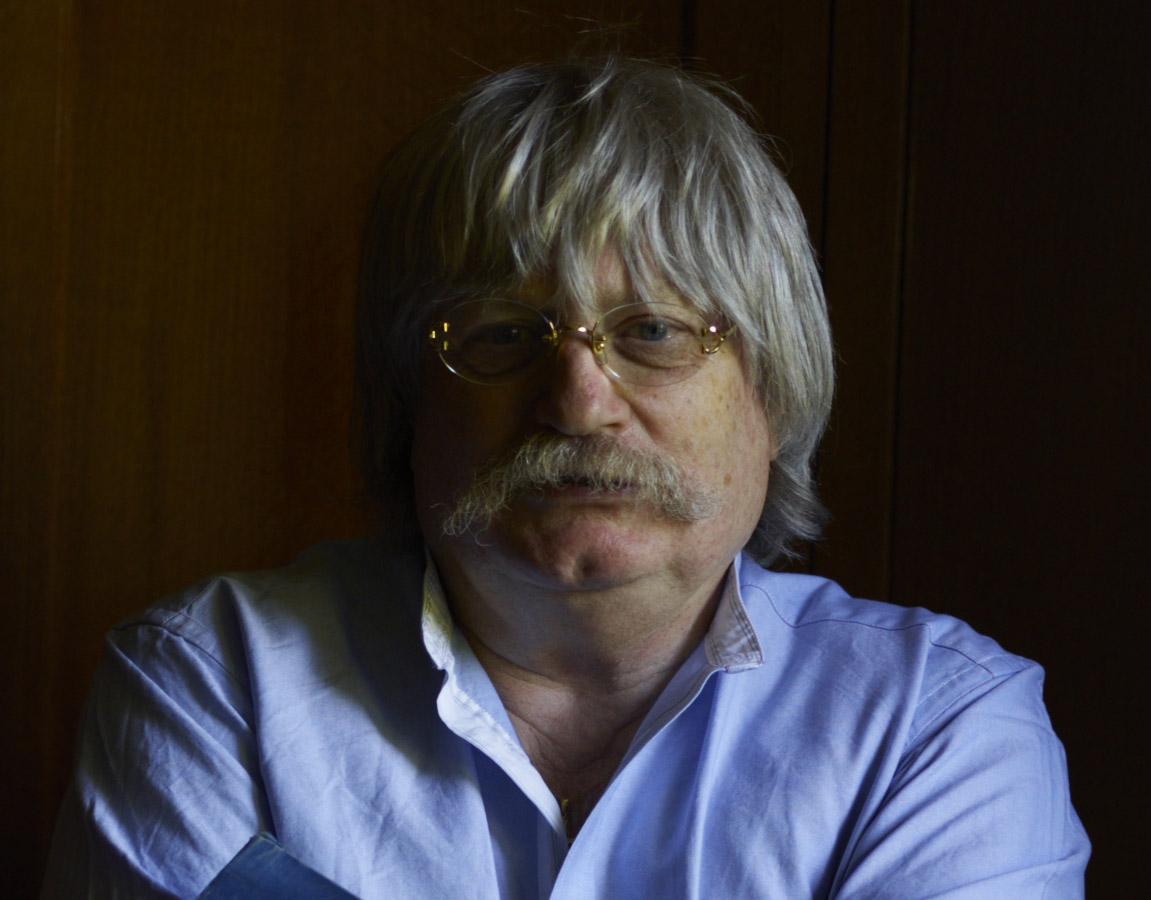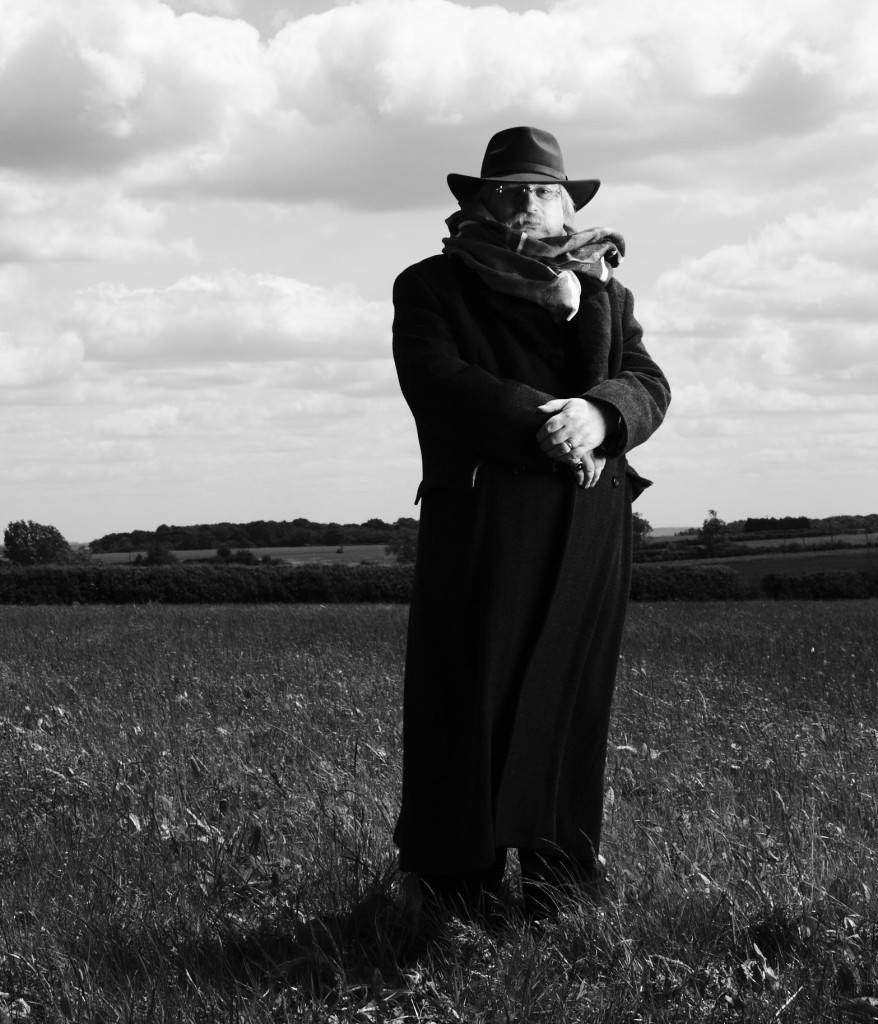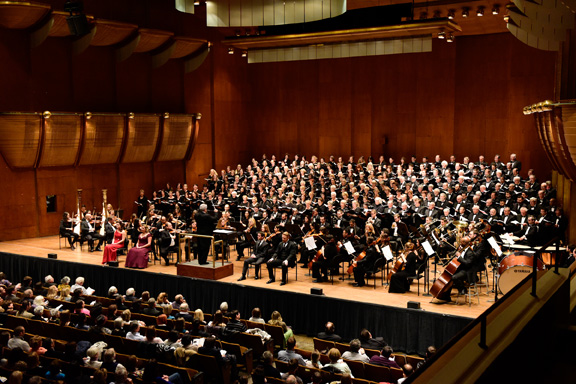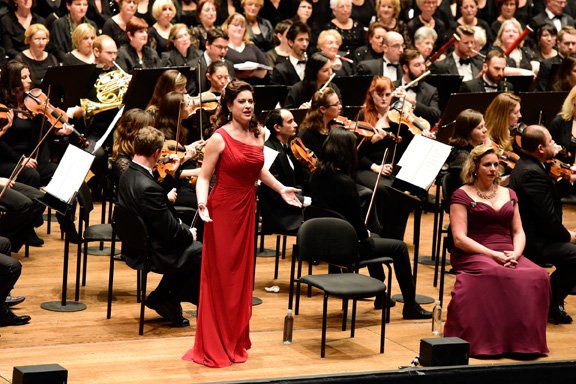Distinguished Concerts Orchestra; Distinguished Concerts Singers International
Jonathan Griffith, DCINY Artistic Director and Principal Conductor
Sir Karl Jenkins, composer-in-residence
Diana McVey, soprano; Katherine Pracht, mezzo-soprano; Brian Cheney, tenor; Stephen Lancaster, baritone; Imam Chernor Saad Jalloh, Call to Prayer Soloist
Stern Auditorium, Carnegie Hall, New York, NY
January 15, 2018
In what has become a tradition marking the commemoration of Martin Luther King, Jr. Day, Distinguished Concerts International New York (DCINY) presented a concert featuring the music of Sir Karl Jenkins on January 15, 2018. This year’s version included two works, The Armed Man: A Mass for Peace, and the World Premiere of Sing! The Music was Given, commissioned by DCINY in celebration of their tenth anniversary. To add to the excitement, the performance was broadcast live on DCINY’s Facebook page (the live feed of the concert can be seen here: DCINY Facebook page). With singers from Hawaii, North Carolina, Wyoming, Germany, Ireland, Isle of Man, Japan, The Netherlands, Norway Switzerland, United Kingdom, and individual singers from around the globe on hand to give it their all, the stage was set for an extravaganza. The evening was one of profound emotion and unbridled joy.
Maestro Jonathan Griffith took the podium for the first half’s only work, The Armed Man: A Mass for Peace, with the accompanying film of the same name. I have written extensively about this work and its history in past reviews, so those readers who wish to learn more can follow this link: The Sounds of War and Peace -2013. I know this work very well from many hearings, both live and recorded, so I was especially interested in how this performance would differentiate itself from others and whether my somewhat ingrained expectations would be met. It must be stated that Maestro Griffith has complete mastery of this work, including a razor-sharp synchronicity with the film that continues to impress me as if it were the first time.
This performance had some ragged moments, such as cracked notes in the brass throughout, a shaky start in the Save Me From Bloody Men movement, and a Charge! movement that was at times brilliant and at other times lacking cohesion and clear articulation, making it sound muddy. Despite these mishaps, I found this performance to be profoundly moving, no easy feat considering my familiarity with the work. Perhaps these same mishaps knocked me out of my comfort zone and forced me to listen with fresh ears and rediscover the emotional wallop this work delivers. Special mention goes to cellist Elizabeth Mikhael for her ethereal solo in the Benedictus, and to soprano Diana McVey, mezzo-soprano Katherine Pracht, tenor Brian Cheney, baritone Stephen Lancaster, and Imam Chernor Saad Jalloh for their roles.
After intermission, Sir Karl Jenkins and Jonathan Griffith took the stage for a Question and Answer session about Sing! The Music was Given hosted by WQXR Radio personality Jeff Spurgeon. It took the form of light-hearted banter, and Sir Karl’s modest demeanor and droll humor had the audience roaring in laughter. A few instances: Q – When did you get the idea to write this piece? A – When Jonathan asked me to write it! Q – Have you heard the entire work? A – Yes, Today. I think it’s pretty good, actually.
Maestro Griffith said he asked Sir Karl to write a piece that would become as popular as The Armed Man (which now has been performed over 2000 times – an average of two times a week). Time will tell if that hope is fulfilled.
Sing! The Music was Given is a six or eight-movement work (depending on version- we heard eight movements) for orchestra, chorus, and mezzo-soprano soloist. It takes its name from the poem Sing- sing- Music was given, by Thomas Moore (1779-1852), as the opening movement uses this poem for the text. The second movement, M-U-S-I-C, an acrostic poem, and the third, the Music Matters are set to text by the composer’s wife, Carol Barratt. The dual-meaning “Music Matters” refers not only to the importance of music, but to aspects of it, like counter-melodies and pulse. The fourth movement, Waterfall Music, is set to a haiku by Bashō Matsuo (1644-1694). The fifth (That Music Always Round Me) and sixth movements (Tehillim- Psalm 150) are borrowed from the composer’s Gloria, and are optional (although they were included in this performance). The seventh movement, I’ll Make Music uses texts from Deuteronomy 32:2, Psalm 144:9, and I Chronicles 13:8 as adapted by the composer. Finally, the eighth movement Ukukula Umcolo, take its title from the Zulu words for sing (ukukula) and music (umcolo). The texts and Sir Karl’s program notes can be read here: Program Notes.
One familiar with Jenkins’s works would recognize strong influences from earlier compositions throughout. While not identifying direct quotes, this listener was strongly reminded of parts of The Armed Man, The Peacemakers, Cantata Memoria, Stella Natalis, Adiemus, and the River Queen soundtrack. Of course, Gloria must be included as being directly quoted. In Sing! The Music was Given, Jenkins is the musical equivalent of a master chef using his favorite ingredients to prepare a magnificent feast.
I thoroughly enjoyed Sing! The Music was Given. It is a forty-minute sonic love letter to the listener about the power of music. Highlights were the whimsical Music Matters, with the secondary choir of ten attending to the matters of music, the enchanting Waterfall Music, and the ebullient Ukukula Umcolo.
Maestro Griffith once again proved his unparalleled skill with large forces as he led with a sure hand. Kudos to concertmaster Jorge Ávila for his solos and mezzo-soprano soloist Katherine Pracht. I’ll Make Music, which was simply beautiful, was the highlight of her solos. Congratulations to the chorus, both for being a part of this important occasion and for their fine work.
Sir Karl came to the stage to acknowledge the cheers of the audience. The cheers then erupted into a loud, extended ovation. One can imagine in the future a two-thousandth performance of Sing! The Music was Given and saying, “I was there for the very first.”

